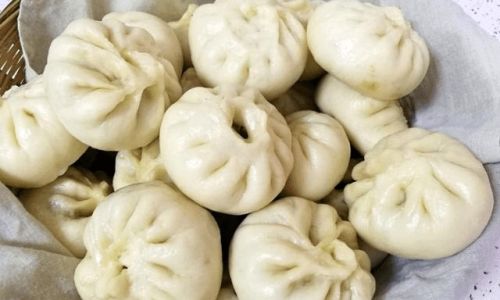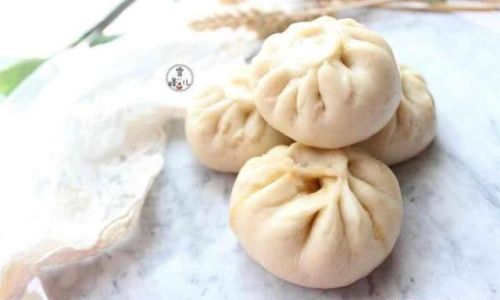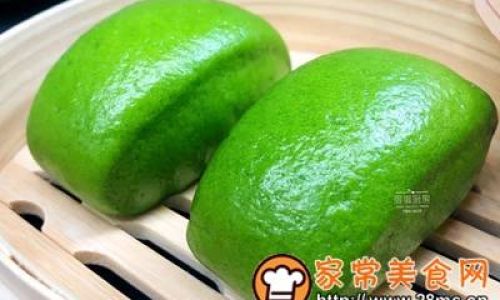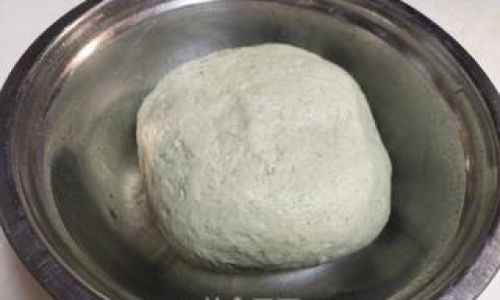Table of content
Baozi, often referred to as Chinese steamed buns, are a beloved culinary treasure that has captivated taste buds across the globe. These soft, fluffy parcels of dough, filled with a tantalizing array of savory or sweet fillings, represent a harmonious blend of texture, flavor, and tradition. Whether enjoyed as a hearty breakfast, a comforting snack, or a centerpiece of a festive meal, mastering the art of baozi-making elevates home cooking to new heights. This guide delves into the intricacies of creating restaurant-quality baozi, from selecting the finest ingredients to perfecting time-honored techniques.
The Foundation: Understanding Baozi Dough
The soul of exceptional baozi lies in its dough—a delicate balance of flour, water, yeast, and patience. Achieving the ideal texture requires precision and attention to detail.
Ingredients for the Dough
- All-Purpose Flour (500g): Opt for a high-quality brand with a protein content of 10-12%, ensuring a tender yet elastic crumb.
- Instant Dry Yeast (5g): Activates the fermentation process, creating airy pockets.
- Sugar (10g): Feeds the yeast and enhances browning.
- Warm Water (250ml): Ideal temperature between 105–115°F (40–46°C) to activate yeast without killing it.
- Baking Powder (5g, optional): For an extra lift, though traditional recipes often omit this.
- Neutral Oil (1 tbsp): Adds moisture and prevents sticking.
Step-by-Step Dough Preparation
- Activate the Yeast: Dissolve sugar and yeast in warm water. Let sit for 5–10 minutes until frothy.
- Combine Ingredients: In a large bowl, mix flour and baking powder (if using). Create a well in the center and pour in the yeast mixture and oil.
- Knead to Perfection: Transfer to a floured surface and knead for 8–10 minutes until the dough is smooth, elastic, and passes the “windowpane test”—stretching a small piece without tearing.
- First Rise: Place the dough in an oiled bowl, cover with a damp cloth, and let rise in a warm (75–80°F/24–27°C), draft-free area for 1–1.5 hours, or until doubled in size.
Pro Tip: Humidity affects rising times. In dry climates, cover the bowl with plastic wrap to retain moisture.
Crafting Irresistible Fillings: Savory and Sweet Variations
The filling is where creativity flourishes. Classic combinations honor tradition, while experimental mixes reflect personal flair.

Savory Pork and Cabbage Filling
- Ingredients:
- Ground pork (400g), preferably with 20% fat for juiciness.
- Napa cabbage (200g), finely shredded and salted to remove excess moisture.
- Ginger (1 tbsp), minced.
- Soy sauce (2 tbsp), Shaoxing wine (1 tbsp), sesame oil (1 tsp), white pepper (½ tsp).
Preparation:
- Squeeze moisture from cabbage.
- Mix pork with seasonings until sticky.
- Combine with cabbage and ginger. Chill for 30 minutes to meld flavors.
Vegetarian Delight: Mushroom and Tofu
- Ingredients:
- Firm tofu (300g), crumbled and pan-fried until golden.
- Shiitake mushrooms (100g), rehydrated and diced.
- Carrot (1 medium), grated.
- Oyster sauce (1 tbsp), soy sauce (1 tbsp), sugar (1 tsp).
Preparation:
- Sauté mushrooms and carrots until tender.
- Toss with tofu and seasonings. Adjust salt to taste.
Sweet Surprise: Red Bean Paste
- Ingredients:
- Canned red bean paste (400g) or homemade (soak adzuki beans overnight, cook until tender, then mash with sugar).
- Optional: toasted sesame seeds or coconut flakes for texture.
Preparation:
- For homemade paste, simmer beans with sugar until thick.
- Mix in add-ins if desired. Chill until firm.
Shaping Techniques: From Dough to Masterpiece
Shaping baozi is an art form that rewards practice. The goal? A smooth, taut surface that traps steam during cooking.
- Portion the Dough: After the second rise, punch down the dough and divide into 16–20 equal pieces (40g each). Roll into balls.
- Flatten and Fill: Using a rolling pin, flatten each ball into a 4-inch circle, thinner at the edges than the center. Spoon 1–2 tbsp of filling into the center.
- Pleating Technique:
- Hold the dough in one hand, using the other to pinch and twist the edges, creating 12–16 folds.
- Seal tightly by twisting the top. Avoid overfilling to prevent leaks.
Beginner’s Tip: Use parchment liners or cabbage leaves under each baozi to prevent sticking during steaming.
Steaming Mastery: Timing and Temperature
Steaming is where science meets culinary intuition. Achieving the perfect texture hinges on controlling heat and moisture.
- Prep the Steamer: Line a bamboo or metal steamer with parchment paper. Fill a wok or pot with 2 inches of water, ensuring it does not touch the steamer.
- Arrange Baozi: Place filled buns 2 inches apart to allow expansion. Cover and let rest for 15–20 minutes (final proof).
- Steam: Bring water to a rolling boil, then reduce to medium-high. Steam for 12–15 minutes (10 minutes for smaller buns). Avoid lifting the lid during cooking.
- Rest and Serve: Turn off the heat and let baozi sit for 5 minutes to prevent collapse. Serve immediately.
Troubleshooting:
- Soggy Bottoms: Ensure water does not touch the steamer.
- Tough Skin: Oversteaming or high heat.
- Uneven Rise: Inconsistent dough thickness or filling distribution.
Serving and Pairing Suggestions
Baozi’s versatility shines in its pairings. Elevate the experience with complementary flavors and textures.

- Dipping Sauces: A blend of soy sauce, rice vinegar, chili oil, and minced garlic.
- Side Dishes: Pickled vegetables, congee, or a crisp cucumber salad.
- Beverages: Jasmine tea, light beer, or fresh lemonade.
For sweet baozi, serve with a drizzle of honey or a side of yogurt.
Storing and Reheating Leftovers
Baozi are best enjoyed fresh, but leftovers can be revived:
- Freeze: Place uncooked baozi on a tray, freeze until solid, then transfer to a freezer bag. Steam directly from frozen, adding 2–3 minutes to cooking time.
- Refrigerate: Store cooked baozi in an airtight container for up to 3 days. Reheat in a steamer for 5 minutes.
Avoid Microwaving: This can toughen the dough.
Common Pitfalls and How to Avoid Them
- Dense Texture: Overkneading or insufficient rising time.
- Filling Leakage: Overfilling or poor sealing.
- Yellowish Dough: Excessive baking powder or high heat during steaming.
Conclusion: The Joy of Baozi-Making
Crafting baozi is a labor of love that rewards patience and precision. Each batch offers an opportunity to refine techniques, experiment with flavors, and share a piece of culinary heritage. Whether you’re a novice or seasoned cook, the key lies in embracing the process—from the gentle rise of the dough to the first steamy bite. So gather your ingredients, roll up your sleeves, and embark on a journey to create baozi that are as delightful to behold as they are to devour.
Word Count: 1,520
This guide equips you with the knowledge to craft baozi that rival those from beloved street vendors and Michelin-starred kitchens alike. With practice, you’ll unlock the secret to achieving that coveted balance of pillowy dough and flavorful filling—a testament to the timeless art of Chinese cuisine.





0 comments